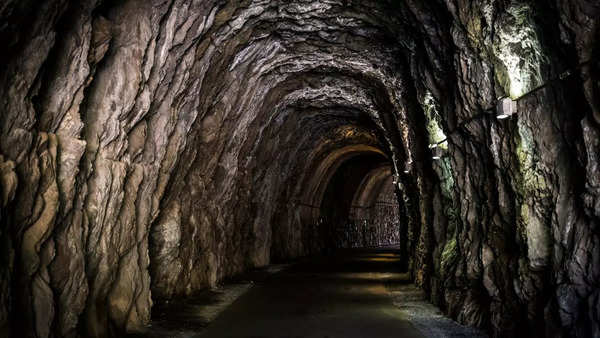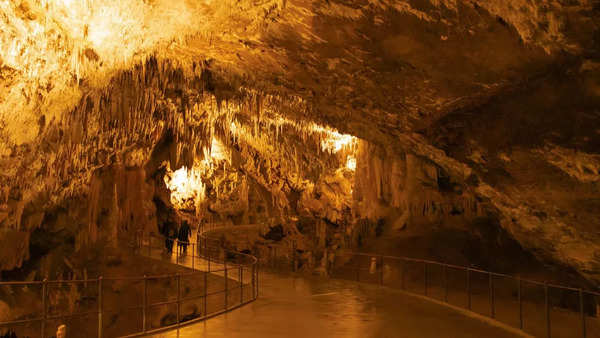Deep within the landscapes of Brazil, an extraordinary archaeological mystery lies hidden: the megafauna paleoburrows. These massive underground tunnels, attributed to the activities of ancient giant mammals, have fascinated scientists and adventurers alike. Their size, structure, and origins offer a glimpse into a prehistoric world dominated by creatures far larger than those seen today.
Back in the 1930s when the first paleoburrow was discovered they were considered to be some kind of archaeological structure. But in 2010, things changed when geologist Amilcar Adamy from the Brazilian Geological Survey decided to investigate rumours of a peculiar cave in the state of Rondônia. When Adamy reached there, he knew that the cave was too deliberate to be a result of a natural process.
Representative Image
A few years later Brazilian scientist Heinrich Frank brought these remarkable structures into the spotlight after encountering his first paleoburrow near Novo Hamburgo. Since that initial discovery, Frank has identified more than 1,500 tunnels across Brazil. Some of these burrows span hundreds of feet in length. One of the tunnels, which had branches, was about 2000 feet long. Researchers have revealed that they are at least 8,000 to 10,000 years old.
Heinrich found his first clue, when he himself started investigating the caves. When he examined the ceilings of the tunnels, Heinrich Frank noticed a striking detail that hinted at their origin: distinct grooves etched into the weathered surfaces of granite, basalt, and sandstone. These markings, which he identified as claw marks from a massive prehistoric creature, provided a crucial clue.
“Most are composed of long, shallow grooves running parallel to each other, seemingly made by two or three claws,” Frank and his team described in a 2016 research paper. Most caves were smooth, but some irregular ones which were produced by claws. Considering the size of the tunnels and the distinctive claw marks on their walls, researchers are now confident these are megafauna burrows. They have identified the likely creators as giant ground sloths and giant armadillos.
Representative Image
Despite these massive creatures reaching up to 4.6 meters (15 feet) in length and weighing approximately 2,590 kg (5,709 pounds), a single ground sloth would likely have devoted a significant portion of its lifespan solely to excavating tunnels as vast and intricate as the paleoburrows. But what was the need for such huge caves is still a mystery because much smaller burrows would have suited their needs to escape the climate, predators, or humidity, just fine.
Author :
Publish date : 2024-11-28 05:30:00
Copyright for syndicated content belongs to the linked Source.
—-
Author : theamericannews
Publish date : 2024-11-28 18:54:10
Copyright for syndicated content belongs to the linked Source.